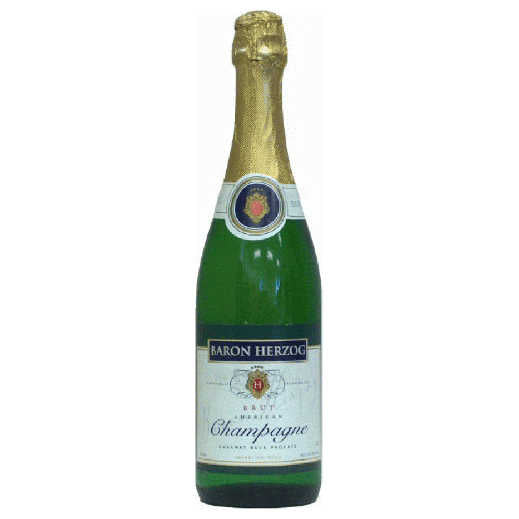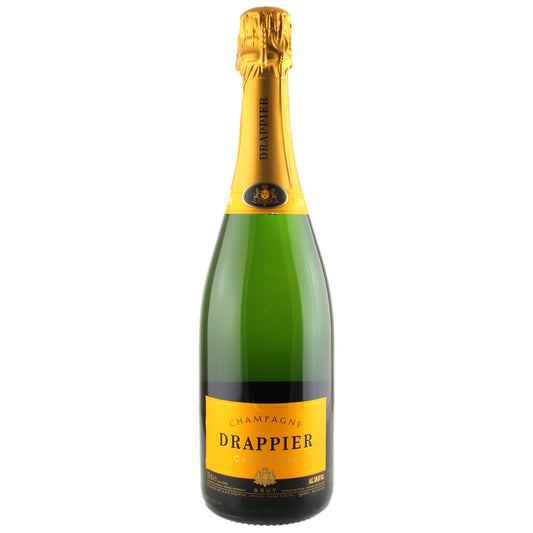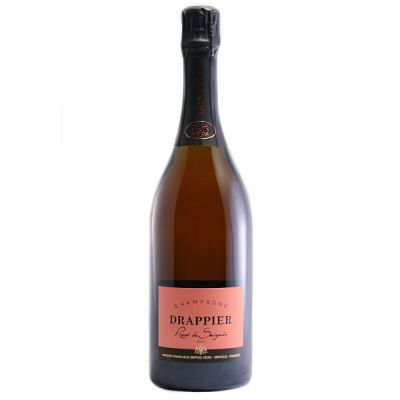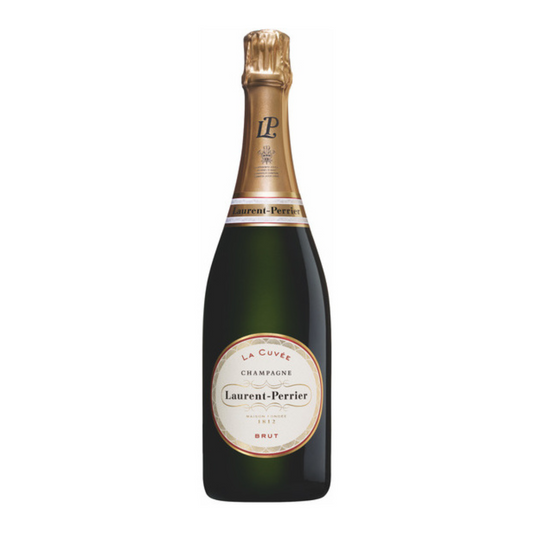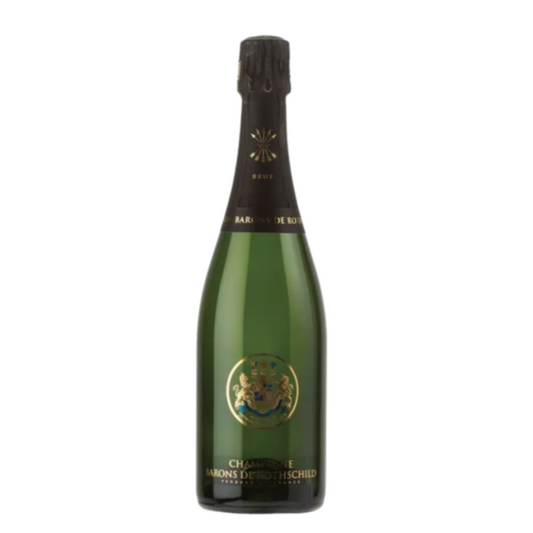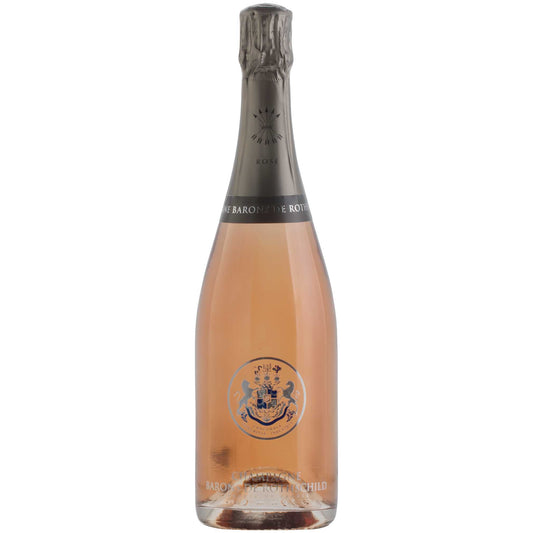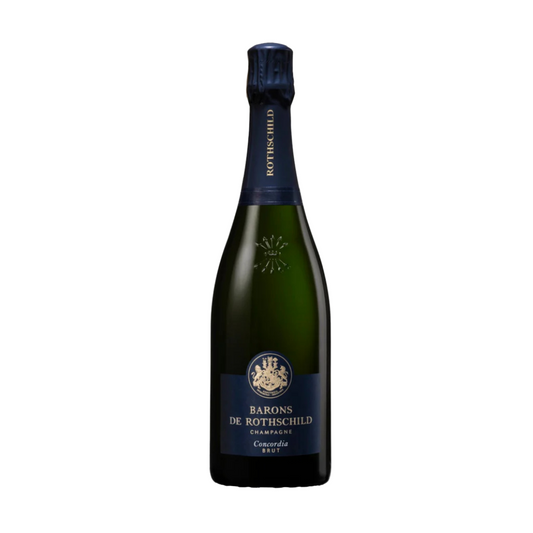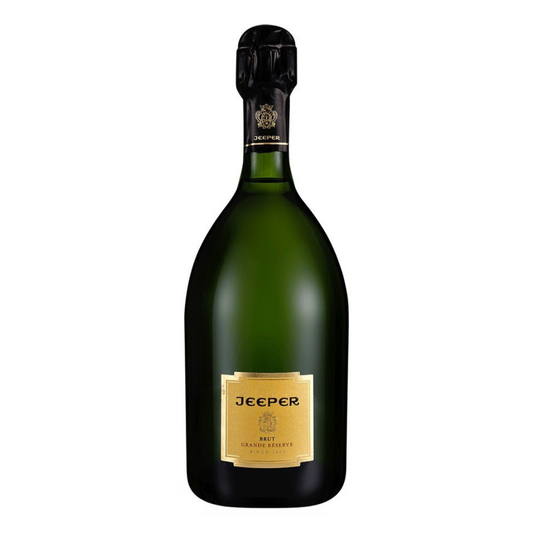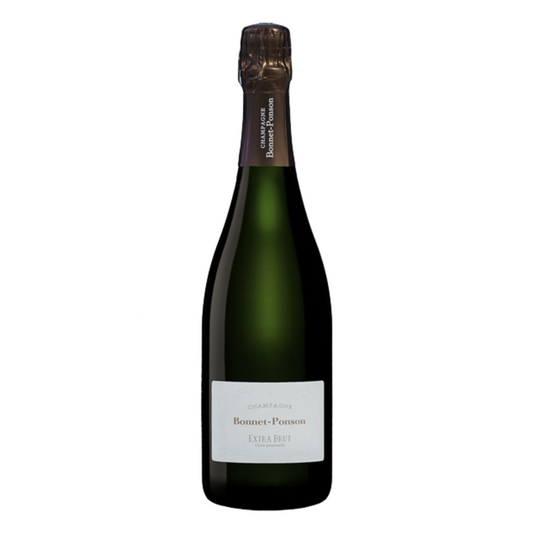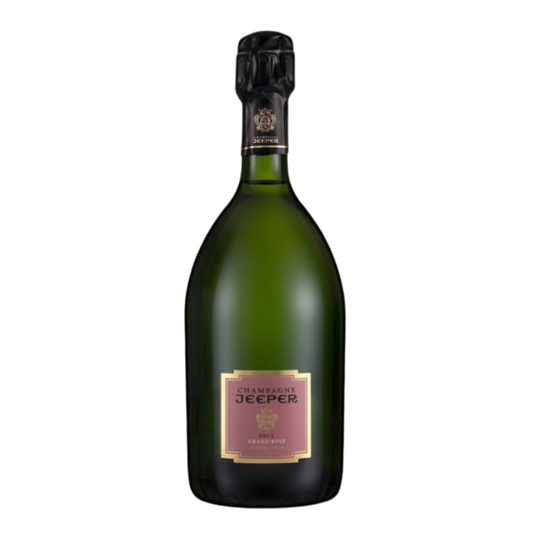-
Champagne Langlet Brut Grande Reserve
Proveedor:LangletPrecio habitual $99.99 USDPrecio habitualPrecio unitario por -
Baron Herzog Brut Champagne
Proveedor:Baron HerzogPrecio habitual $14.99 USDPrecio habitualPrecio unitario por$0.00 USDPrecio de oferta $14.99 USD -
Drappier Carte D'Or Brut Champagne
Proveedor:DrappierPrecio habitual $67.99 USDPrecio habitualPrecio unitario por$0.00 USDPrecio de oferta $67.99 USDAgotado -
Drappier Rosé Brut Champagne
Proveedor:DrappierPrecio habitual $75.99 USDPrecio habitualPrecio unitario por$0.00 USDPrecio de oferta $75.99 USD -
Champagne Laurent-Perrier - Brut Cuvée
Proveedor:Laurent-PerrierPrecio habitual $199.97 USDPrecio habitualPrecio unitario por$215.99 USDPrecio de oferta $199.97 USDOferta -
Barons de Rothschild Brut Champagne
Proveedor:Barons de RothschildPrecio habitual $109.99 USDPrecio habitualPrecio unitario por$0.00 USDPrecio de oferta $109.99 USDAgotado -
Barons de Rothschild Brut Champagne Rosé
Proveedor:Barons de RothschildPrecio habitual $124.99 USDPrecio habitualPrecio unitario por$0.00 USDPrecio de oferta $124.99 USDAgotado -
Barons de Rothschild Concordia Brut Champagne
Proveedor:Barons de RothschildPrecio habitual $129.99 USDPrecio habitualPrecio unitario por$0.00 USDPrecio de oferta $129.99 USDAgotado -
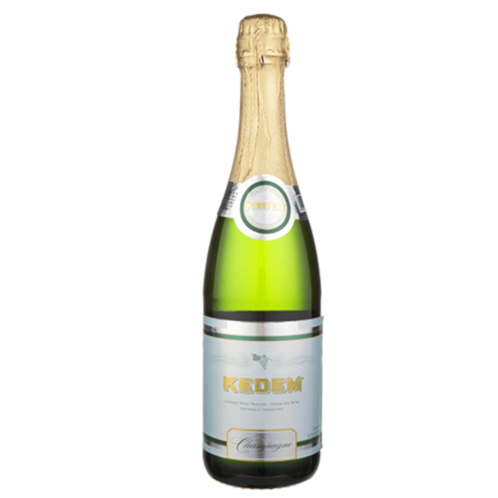 Agotado
AgotadoKedem Champagne White
Proveedor:KedemPrecio habitual $13.99 USDPrecio habitualPrecio unitario por -
Jeeper Champagne Grand Reserve Blanc De Blancs Kosher
Proveedor:JeeperPrecio habitual $199.00 USDPrecio habitualPrecio unitario por$0.00 USDPrecio de oferta $199.00 USDAgotado -
Champagne Bonnet-Ponson Cuvée Perpetuelle Extra-Brut
Proveedor:Champagne Bonnet-PonsonPrecio habitual $79.99 USDPrecio habitualPrecio unitario por$0.00 USDPrecio de oferta $79.99 USDAgotado -
Jeeper Champagne Grand Rosé Kosher
Proveedor:JeeperPrecio habitual $229.99 USDPrecio habitualPrecio unitario por$0.00 USDPrecio de oferta $229.99 USD
Explore Kosher Champagne
Popular kosher Champagne brands run the gamut from centuries-old wineries such as Drappier and Barons de Rothschild to innovative newcomers, Champagne Langlet. All brands follow the strict trademarked process to produce high-quality flavor profiles, bringing the time-honored tradition of Champagne toasts to your table.
Although Champagne is known as the drink of the rich, royal, and famous, there are many accessible brands such as Baron Herzog and Kedem, the perfect “starter” kosher Champagnes to introduce you to this refined sparkling wine. When nothing but the best will do, Champagne Laurent-Perrier offers the ultimate kosher wine experience, whether toasting the most joyous occasions or hosting an elegant dinner party.
Popular Brands
-
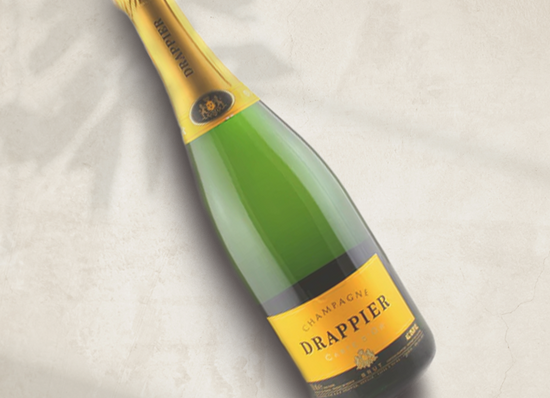 Shop Drappier
Shop DrappierDrappier
-
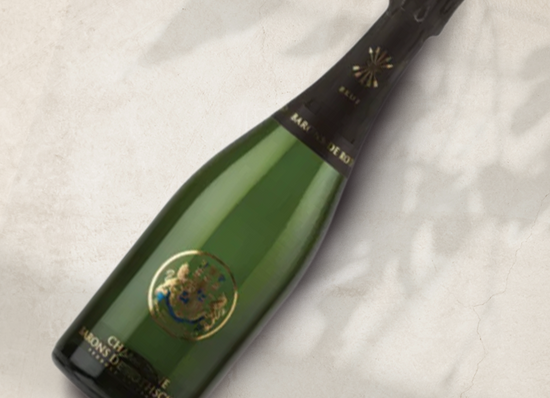 Shop Barons de Rothschild
Shop Barons de RothschildBarons de Rothschild
-
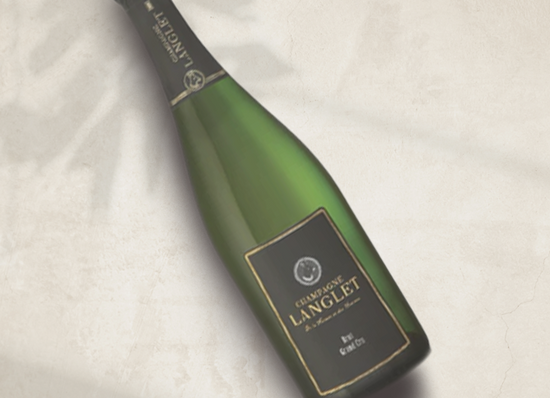 Shop Champagne Langlet
Shop Champagne LangletChampagne Langlet
-
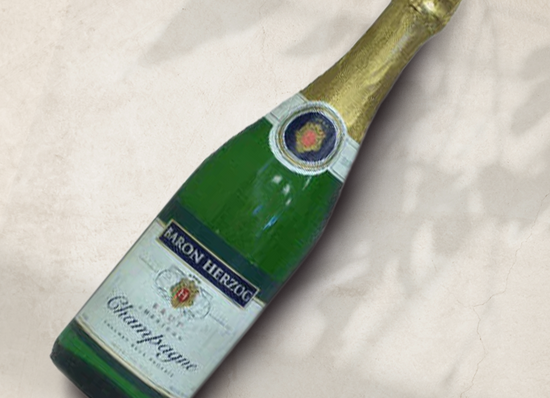 Shop Baron Herzog
Shop Baron HerzogBaron Herzog
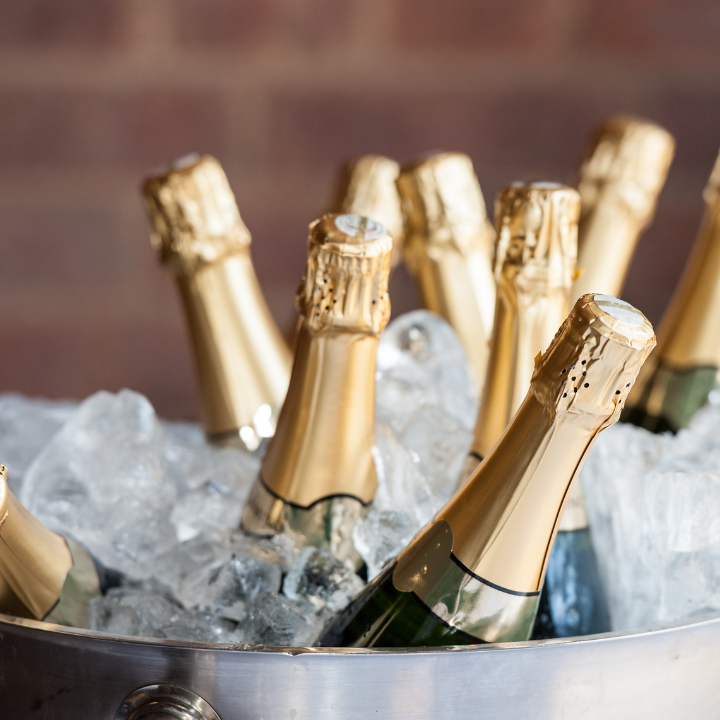
History of Champagne
A true Champagne must be made in Champagne, France, using the trademark “méthode champenoise.” Although the method's origins are a bit “fizzy,” the most well-known story claims the French Benedictine Monk, Dom Perignon, accidentally created Champagne by fermenting white wine in bottles.
When he popped open the bottle and tried the wine, he supposedly exclaimed, “I’m drinking stars!” Sadly, the truth is far less romantic and actually starts across the Channel in 17th-century England. When the English imported barrels of non-sparkling wine from the Champagne region, some batches were bubbly. They realized they preferred the sparkling version and recreated that bubbly effect by combining active wine yeast and sugars at the bottling stage. It wasn’t until the nineteenth century that wineries in Champagne adopted the English method.
The first kosher Champagnes were produced in the 1960s and were most likely introduced by the House of Pommery or Jeanmaire. Although kosher Champagnes represent a minor wine genre, they are available from major Champagne houses, including Drappier and Barons de Rothschild.
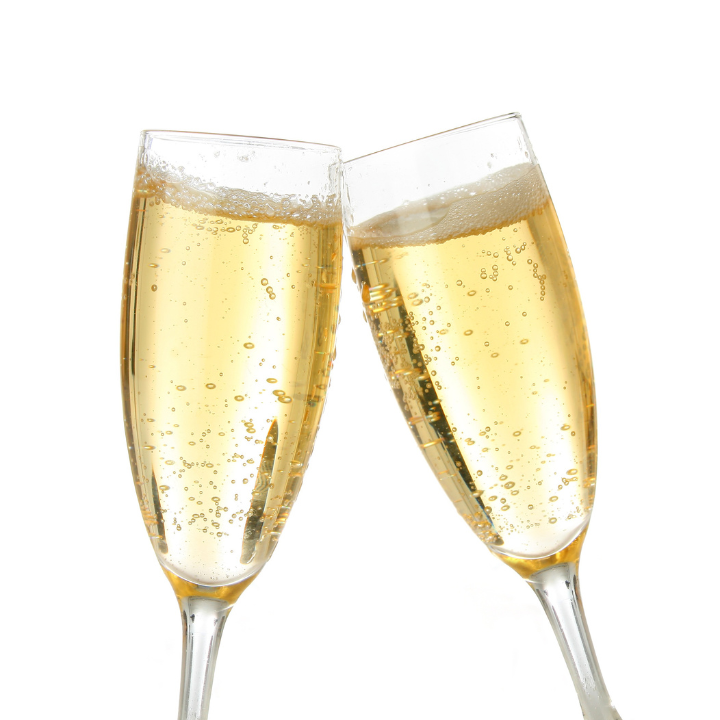
Flavor Description
Whether you prefer your sparkling wine pink or white, the effervescence of champagne produces a creamy mouthfeel with peach, cherry, almond, and toasty notes sure to bring lightness and brightness to your crystal wine flutes. Champagne sugar content determines the sweetness of the wine ranging from “bone dry” Bruts to fruity Extra Dry champagnes and “off-dry” Dries to sweet Demi-secs and Douxs.
Depending on your preference, you will experience an exciting variety of aromas and notes with citrus and apple-forward flavors, followed by subtle oaky influences ranging from almond/marzipan to pastry/brioche. Although the flavor notes are not always apparent at first sip, you can often detect underlying flavors of dried fruit like apricot, toasty biscuit, or even hints of florals or herbals.
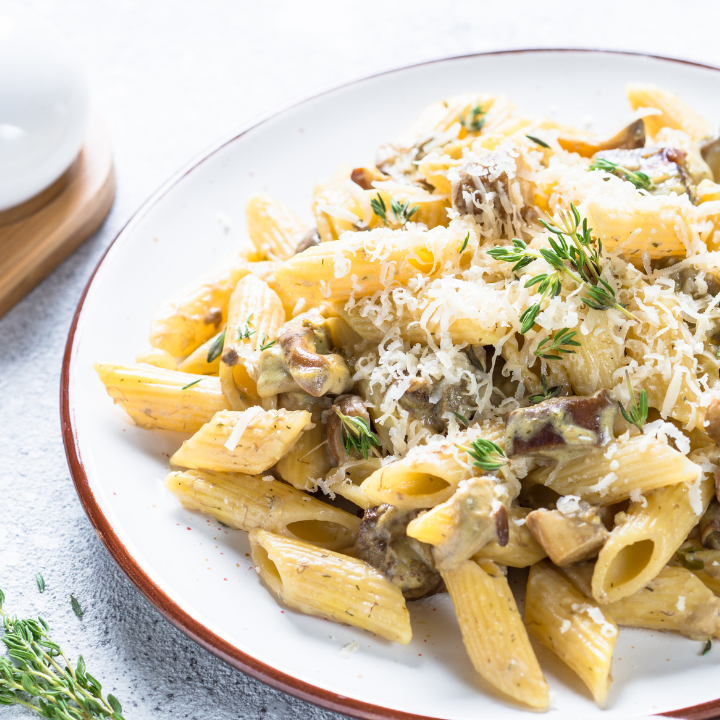
Food Pairings
Although the iconic clinking of fluted Champagne glasses gives this sparkling wine a reputation for celebrations, it is perfectly suited to several food pairings, including:
- Elegant egg dishes
- Mushroom dishes
- Nuts, especially almonds
- Popcorn and potato chips
- Aged hard cheeses and goats cheese
- Pasta with creamy sauces
Avoid serving Champagne with tomato dishes as they compete with Champagne’s bubbly acidity. When sipping your champagne consider enjoying it with roasted almonds, chips, or popcorn to bring out its flavor notes.
Aging Recommendations
Although fine Champagne can be stored for many years, it doesn’t improve with age. Store Champagne in a cool, dark place as UV rays ruin the taste causing what the French call "goût de lumière" -- the taste of light. The perfect conditions maintain a temperature between 48° and 53° F. Before serving, chill Champagne in the fridge at 47° to 50°F for three hours. To optimize your Champagne experience, fill a fluted glass two-thirds of the way. You’ll preserve the bubbles and finish your wine before it becomes too warm.


